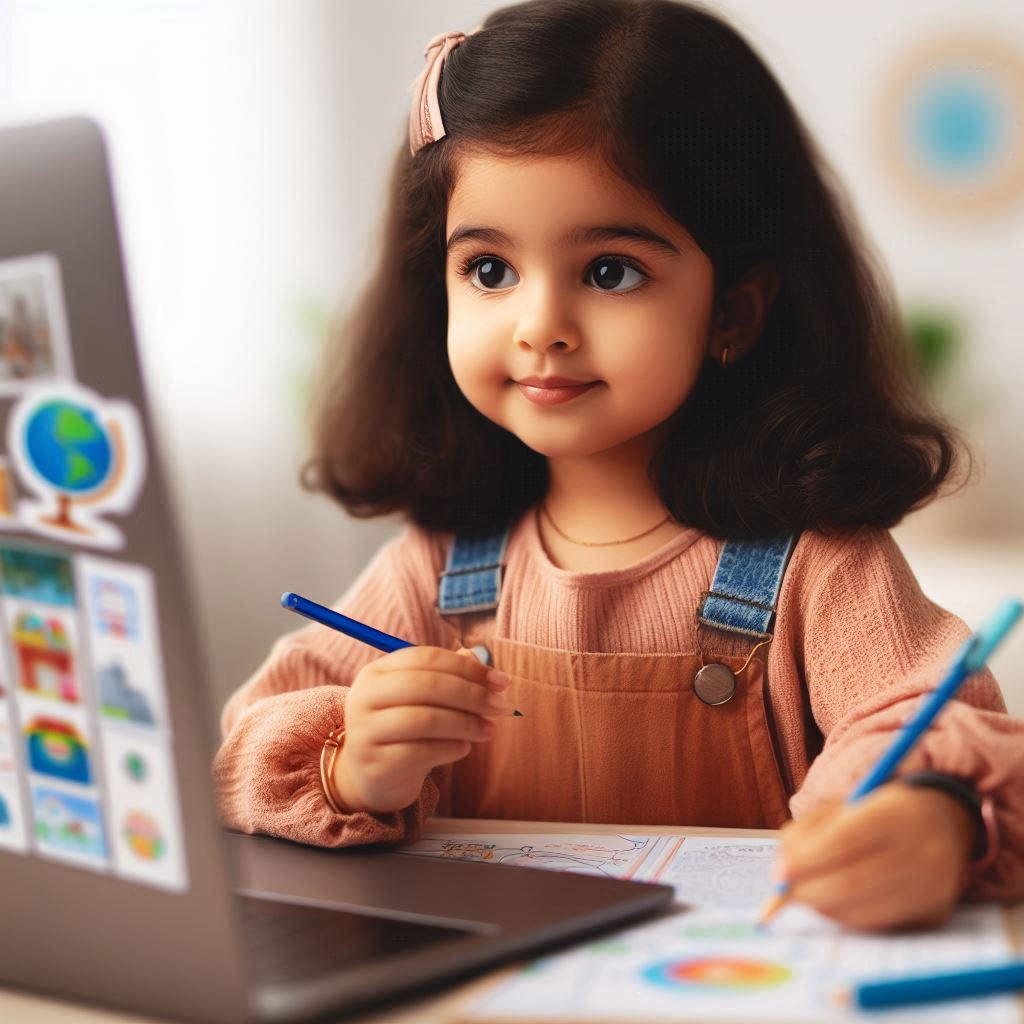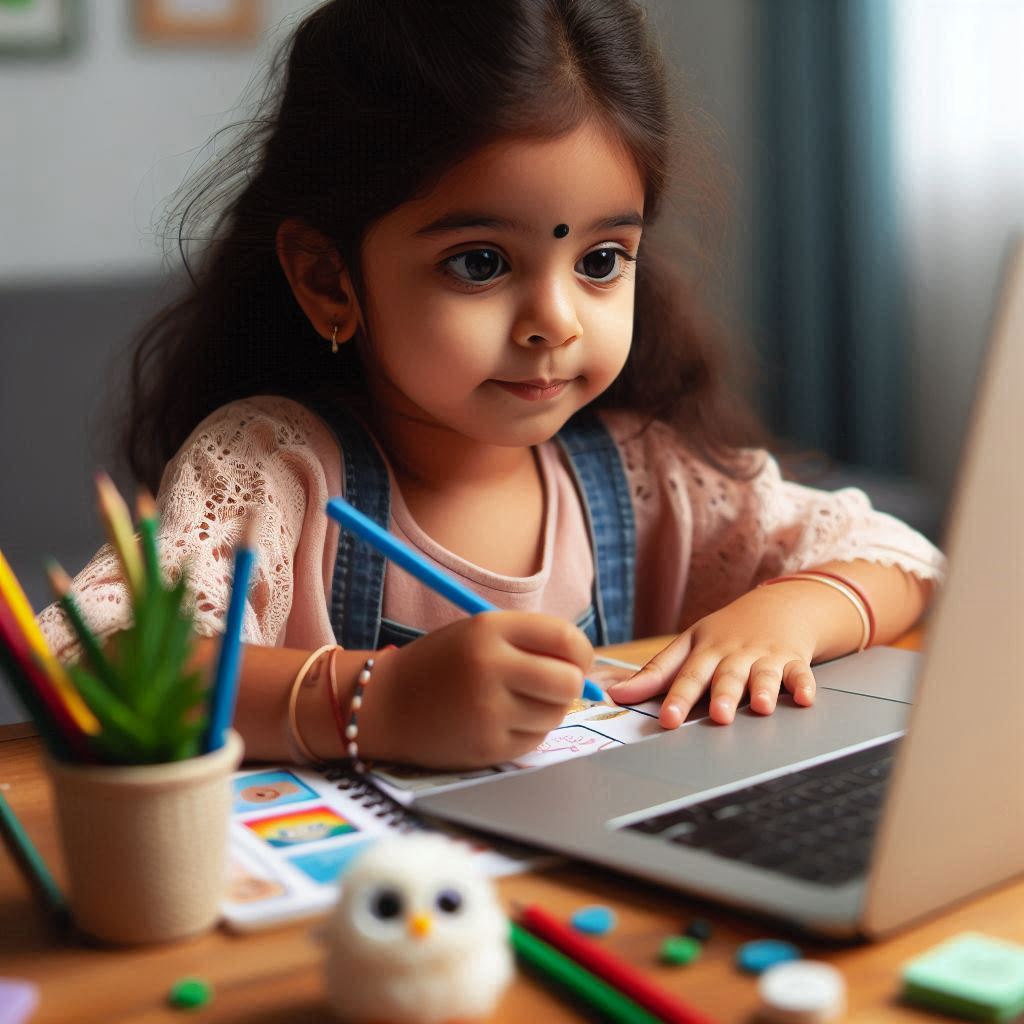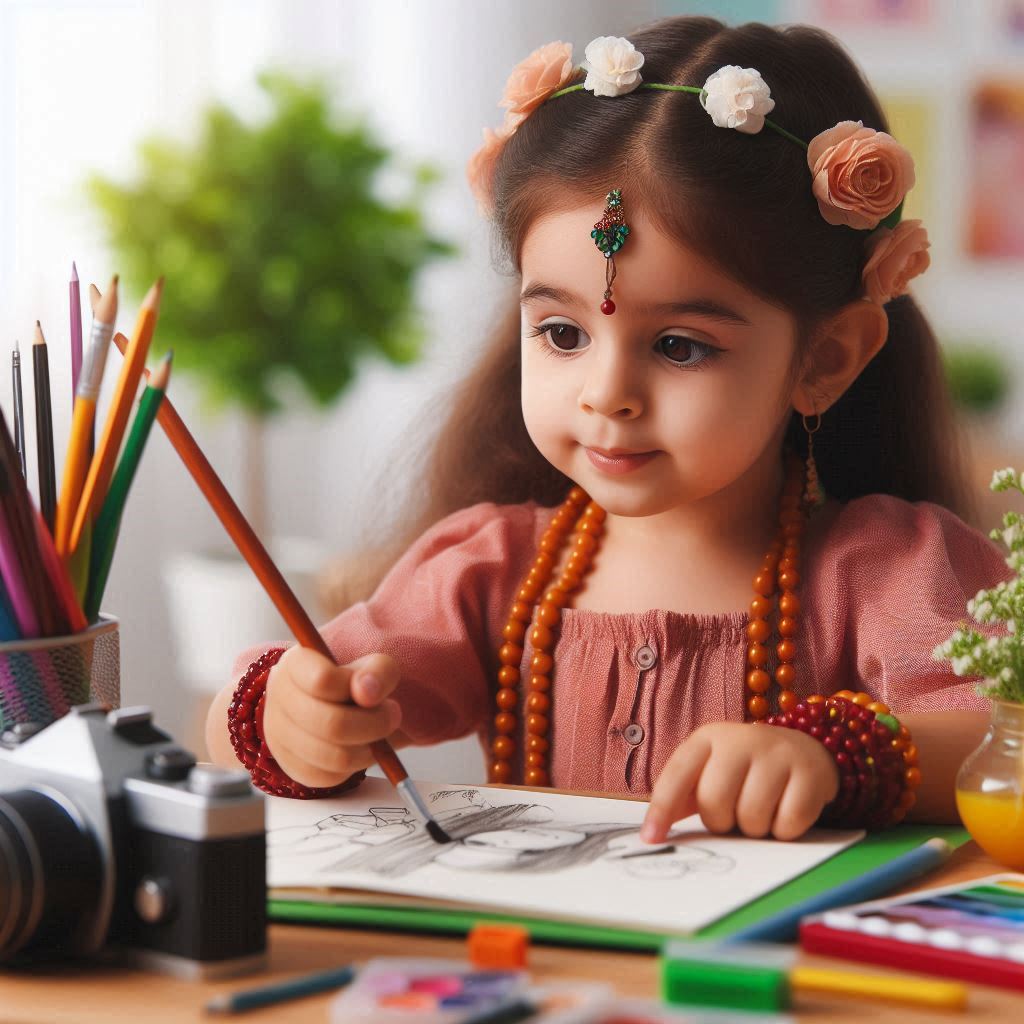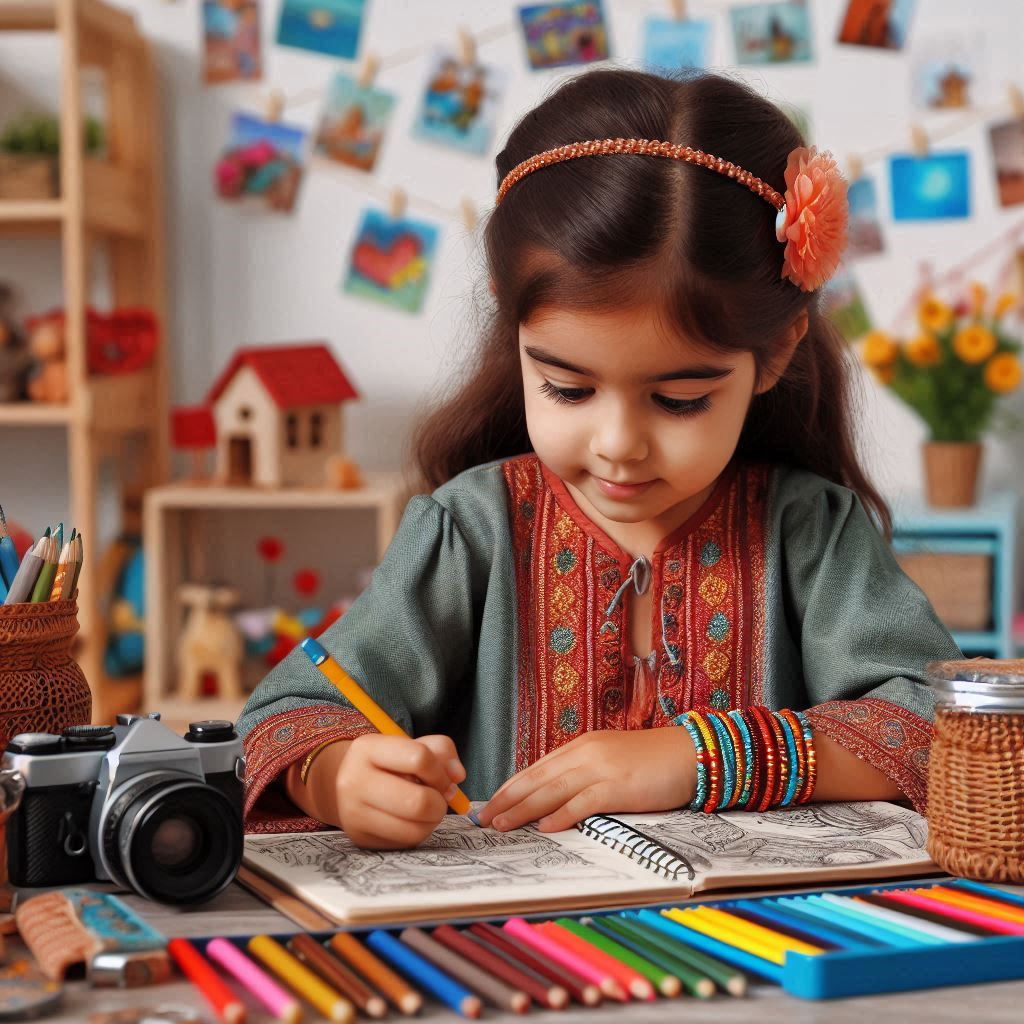In a world where images speak volumes, maintaining a visual diary offers a unique way to document your life, experiences, and creative evolution. A visual diary combines photography, illustration, and text, allowing you to express your thoughts and feelings in a deeply personal and artistic way. This article explores the concept of a visual diary, its benefits, tips on how to create one, and inspiring examples.

What is a Visual Diary?
A visual diary is a personal collection of images, sketches, and notes that capture daily experiences, thoughts, and emotions. Unlike traditional diaries that rely on written words, a visual diary emphasizes visual storytelling. It can include photographs, doodles, magazine cutouts, and anything that reflects your mood or experiences at a particular moment.
Key Features of a Visual Diary:
- Personalized: Reflects your unique style and perspective.
- Diverse Media: Incorporates photography, sketches, mixed media, and handwritten notes.
- Flexible Format: Can be digital or physical, allowing for various creative expressions.
- Chronological: Serves as a timeline of your thoughts, experiences, and artistic growth.
Benefits of Keeping a Visual Diary
1. Enhances Creativity
Creating a visual diary encourages you to think outside the box. It allows for experimentation with different styles, compositions, and media, fostering a sense of artistic exploration. This freedom can lead to the development of a unique creative voice.
2. Emotional Expression
Visual diaries serve as an emotional outlet. By capturing moments that resonate with you, you can process feelings and experiences more effectively. This practice can be therapeutic, helping to clarify thoughts and emotions.
3. Record Keeping
A visual diary is an excellent way to document significant events, everyday moments, and personal growth. Over time, it becomes a rich archive of your life, offering insights into your evolving interests, passions, and experiences.
4. Mindfulness Practice
Taking time to reflect on your day through images encourages mindfulness. It invites you to notice and appreciate small details in your life, fostering gratitude and awareness of your surroundings.

How to Create a Visual Diary
1. Choose Your Format
Decide whether you want a physical diary or a digital one. A physical diary allows for a tactile experience and the ability to use various materials like stickers and cutouts, while a digital diary can incorporate apps and platforms that streamline photo editing and organization.
2. Set a Routine
Establish a routine for documenting your experiences. It could be daily, weekly, or whenever inspiration strikes. Consistency helps create a habit, making it easier to maintain your visual diary.
3. Capture Moments
Take photographs of moments that inspire you, whether mundane or extraordinary. These could be candid shots of friends, beautiful landscapes, or even your favorite meal. Don’t hesitate to include sketches or notes that provide context for the images.
4. Be Creative with Layouts
Play with layouts and designs. Use different page arrangements, combine images with text, or experiment with colors and materials. The goal is to make each entry visually engaging and reflective of your personality.
5. Reflect and Review
Periodically review your visual diary. Reflect on the entries, noting how your thoughts and feelings have evolved. This practice can provide valuable insights into your personal growth and creative journey.

Tips for an Inspiring Visual Diary
1. Embrace Imperfection
Your visual diary doesn’t have to be perfect. Embrace spontaneity and imperfections; these often lead to the most authentic expressions of creativity.
2. Include Diverse Elements
Incorporate a variety of elements such as ticket stubs, postcards, or pressed flowers. These artifacts add depth and nostalgia to your entries.
3. Use Prompts for Inspiration
If you find yourself stuck, use prompts to spark creativity. For example, “capture your favorite place” or “document a moment of joy.” This can help you explore different themes and ideas.
4. Experiment with Different Techniques
Try out different artistic techniques such as collage, watercolor, or calligraphy. Mixing various mediums can enrich your visual diary and keep the process exciting.
5. Share Your Journey
If you feel comfortable, share your visual diary with friends or on social media. This can create a sense of community and inspire others to start their own visual diaries.

Inspiring Examples
- Frida Kahlo’s diary: Frida Kahlo’s illustrated diary is a perfect example of how art and personal reflection can merge. Her pages are filled with vivid illustrations, personal notes, and reflections that offer insight into her emotional landscape.
- Instagram Visual Diaries: Many artists and photographers use Instagram as a platform for their visual diaries, sharing snippets of their daily lives through photos and captions. This not only showcases their creative journey but also connects them with a broader audience.
- Travel Journals: Travelers often maintain visual diaries during their trips, combining photos with sketches and written reflections. These journals serve as both a personal record and an artistic keepsake.

Conclusion
A visual diary is a powerful tool for self-expression, creativity, and reflection. By documenting your life through images, sketches, and notes, you create a unique narrative that captures your experiences and emotions. Whether you choose to keep it private or share it with the world, a visual diary can enrich your artistic journey and provide profound insights into your life. So, grab your camera, sketchbook, or digital tools, and start creating your own visual diary today!
**All images are AI generated.
